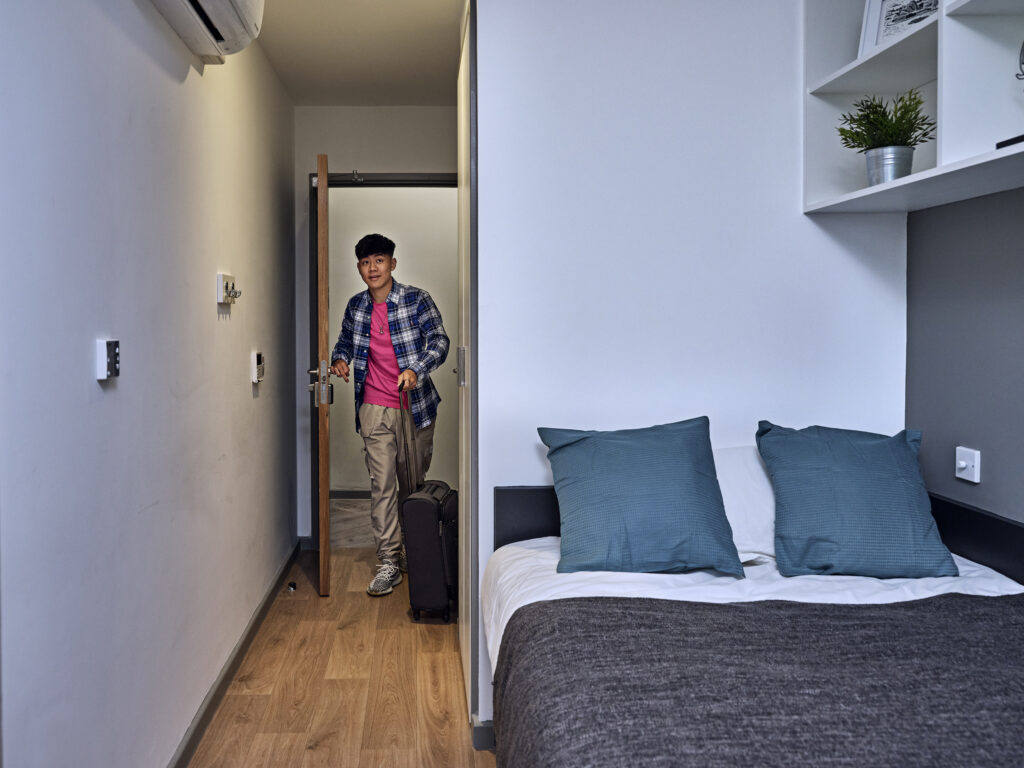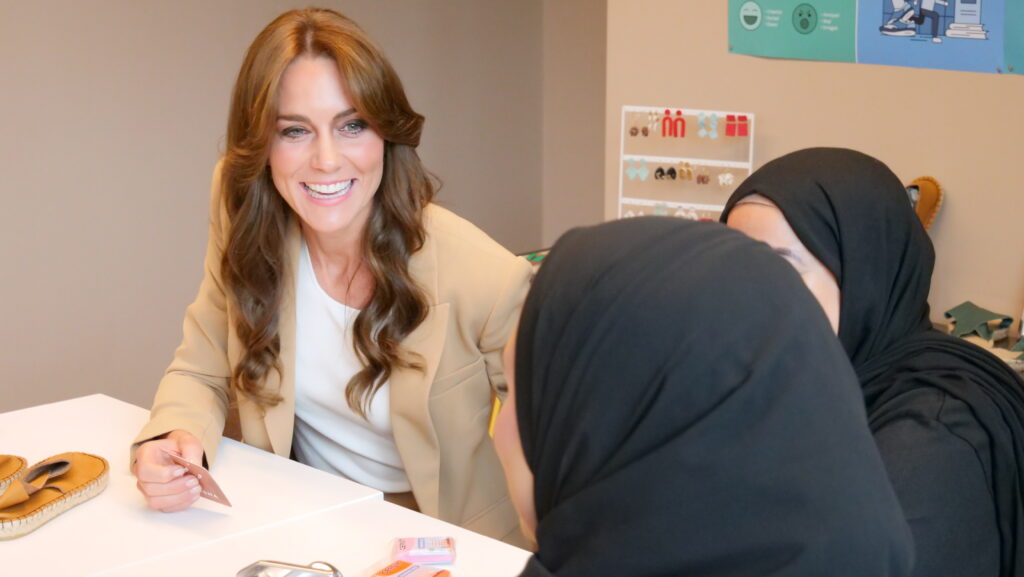Sustainable Construction
We’re designing, constructing and managing our buildings to be sustainable, and provide a healthy, inspiring environment for those who work or live there.
Designing, constructing and managing sustainable buildings
We want to drive collaboration through our supply chain and wider industry, to ensure that designing, constructing and managing sustainable buildings is business as usual for us, and the sector.
Our sustainable construction framework sets out our wider sustainability aspirations and targets and how they'll be achieved through the design and construction of our properties.
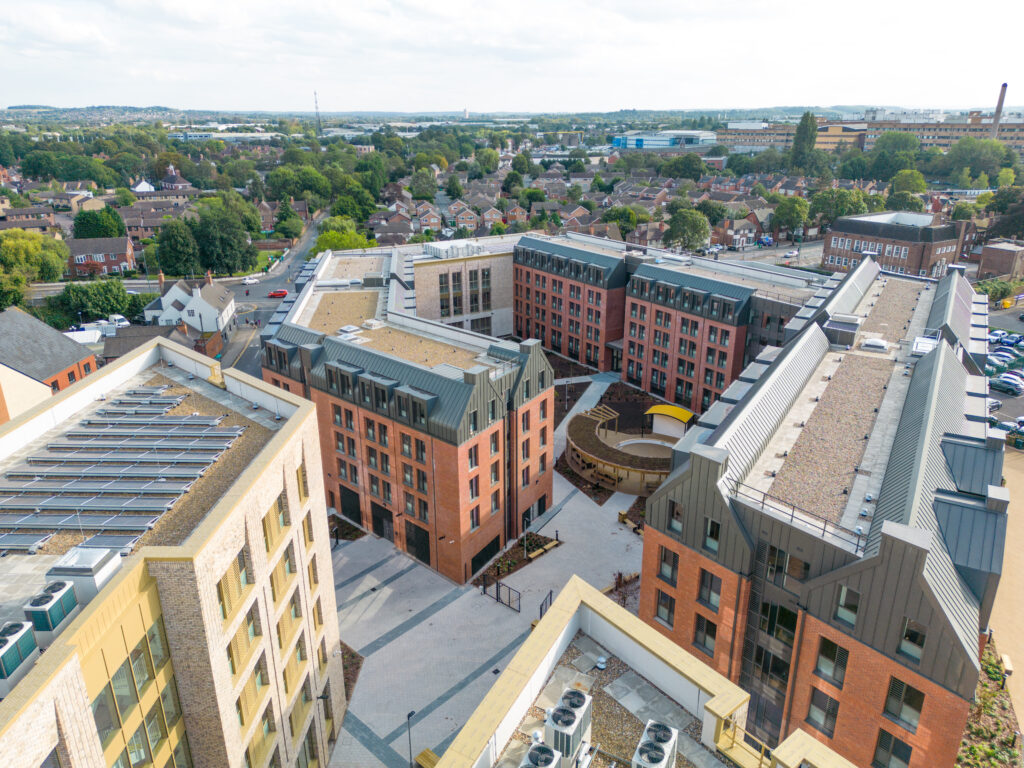
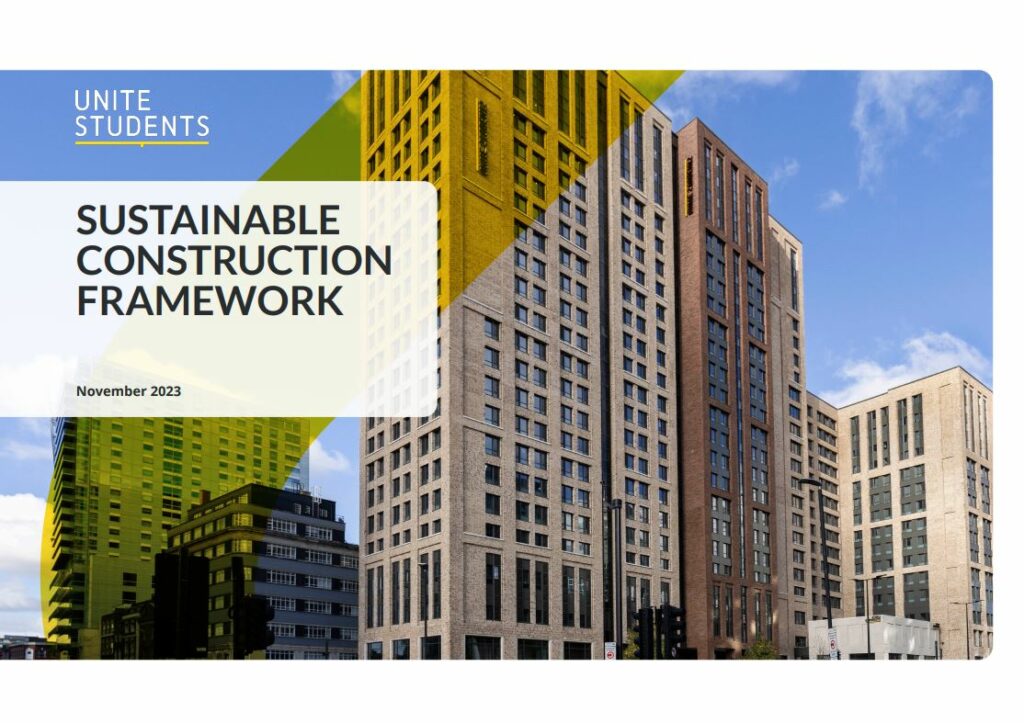
Any development activity impacts the surrounding environment, community and economy. While we consistently strive to deliver high-quality, affordable accommodation – providing great places to both live and work – it is critical we remain aware of our wider socio-economic impact.
three core principles
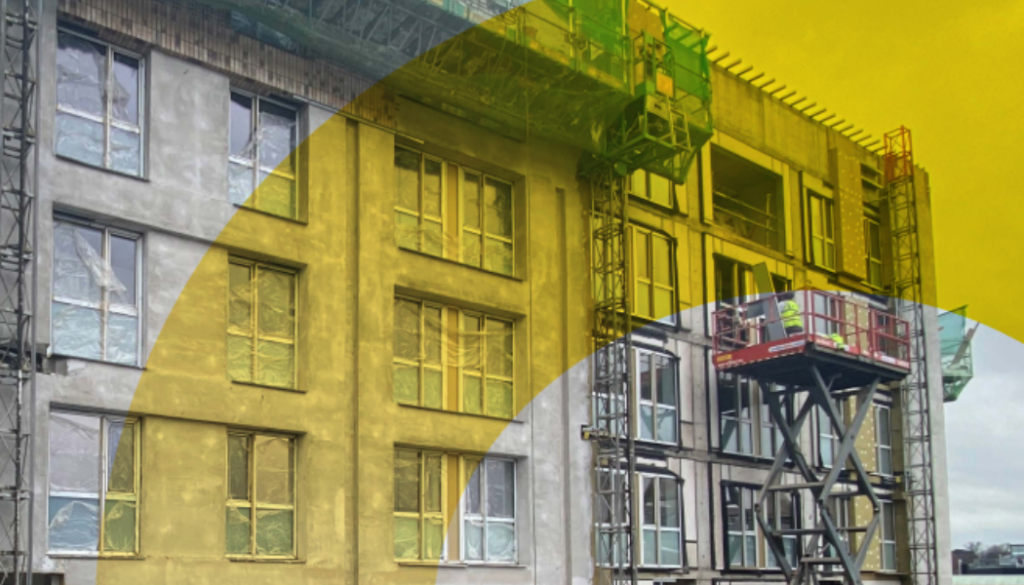
REDUCE
We remain focused on reducing the whole life environmental impact of our construction projects. Here, carbon reduction, energy efficiency and a move towards a circular economy are core elements.
Our development pipeline will follow the operational energy and embodied carbon targets outlined in the RIBA (Royal Institute of British Architects) 2030 Climate Challenge.
We’re focusing on a range of strategies here, including new full site context evaluations – which allow us to better identify opportunities to reduce new construction and identify opportunities for refurbishment. Wider use of modern methods of construction is also key, as well as more efficient on-site practices, to reduce waste as we build. We’re also working on the optimisation of building fabric, systems efficiency and better energy management – to enhance overall operational energy performance.
Accelerating the shift towards a circular economy is a part of all of this. We want to reduce the amount of materials we use in construction, especially new materials. We stand to gain substantial benefits here – including costs savings, reduced price volatility, enhanced supply security and alleviated environmental pressures, such as supply, plus a reduction in Co2 emissions. These advantages start from the design phase and persist right through to development delivery.

OPTIMISE
We also want to go beyond reduction – we want to optimise the performance of our buildings. This pillar focuses on health and wellbeing, water and long-term resilience against climate change risks.
We also want to go beyond reduction – we want to optimise the performance of our buildings. This pillar focuses on health and wellbeing, water and long-term resilience against climate change risks.
Buildings need to promote the health and wellbeing of occupants. We are therefore reviewing our current pipeline against industry best practice, including the WELL Building Standard and are working towards establishing a target around certification for 2030. This will mean we consider a range of wellness factors in development – from indoor air quality, to thermal comfort (including temperature and humidity control), to acoustics.
Water is a second key area under ‘Optimise’. Addressing water consumption and management is an increasingly important issue for everyone – no matter what industry you’re operating in. We are focused on integrating infrastructure that minimises potable water usage and enhances water quality. Strategies like smart water metering, leak detection and rainwater harvesting present significant opportunities in the short and medium term.
Thirdly, this pillar is about the long-term resilience of our buildings and their occupants. Climate change poses many unknowns – around rising temperature, rainfall and extreme weather. From 2024, Unite Students will implement new climate change risk assessments for development projects. These assessments will be carried out to support BREEAM certification, but will exceed the requirements. This will help keep us ahead of the curve and ensure the most prominent threats are identified and mitigated.
Unite Students Sustainable Construction Framework – Optimise
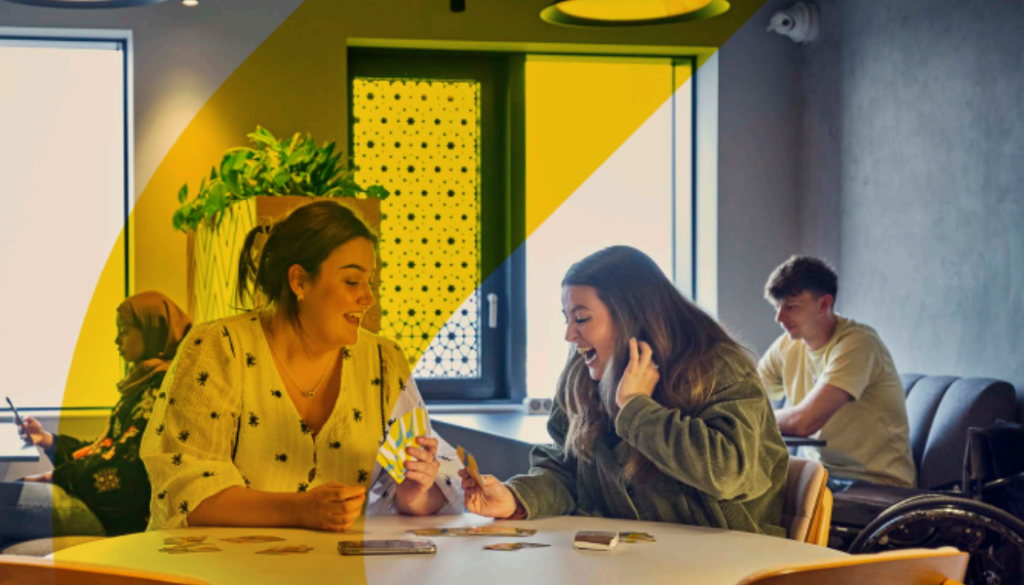
ENHANCE
We’re looking to enhance the wider impact of our projects – for people and the environment. Here, our framework focus is three-pronged – covering supply chains, biodiversity and social impact.
We’re also looking to enhance the wider impact of our projects – for people and the environment. Here, our framework focus is three-pronged – covering supply chains, biodiversity and social impact.
First up, our supply chain is crucial to enhancing our impact. We want to work on our existing partnerships – and forge new ones – to foster innovation to meet net zero carbon and sustainability aspirations. That is why we’re developing a new supply chain code of practice – with the aim to have all suppliers signed up by 2030. This will cover a host of terms – to help close skills gaps, drive better use of data and improve collaboration.
‘Enhance’ also covers biodiversity. Under the Environment Act 2021, Biodiversity Net Gain will become mandatory in England – so it is increasingly a key focus. We are prioritising green infrastructure and human-centred design here, but also on materials selection and the impact this has on biodiversity through the supply chain. This means more green spaces, as well as habitat creation, green terraces, living walls, sustainable drainage systems – among other features – incorporated into our buildings.
The final element here is social impact. This is an issue we consider to be incredibly important here at Unite Students and our commitment begins right from the conception stage of a project. Many of our recent developments incorporate community amenity space and we also run Positive Impact Programmes – whereby our team work directly with local communities to make a difference. To move this work forward, we’re currently in the process of developing a Social Value Playbook to formalise our approach and establish methods for measuring the social value generated by our projects.
Sustainable Construction: Our focus
REDUCE
Cutting greenhouse gasses from our new buildings
We're currently working to reduce our embodied carbon in line with the Royal Institute of British Architects (RIBA) 2030 Climate Change targets. To meet our aspirations, we'll look at the full lifecycle of our materials and use this information to reduce our greenhouse gas emissions from all our development projects.
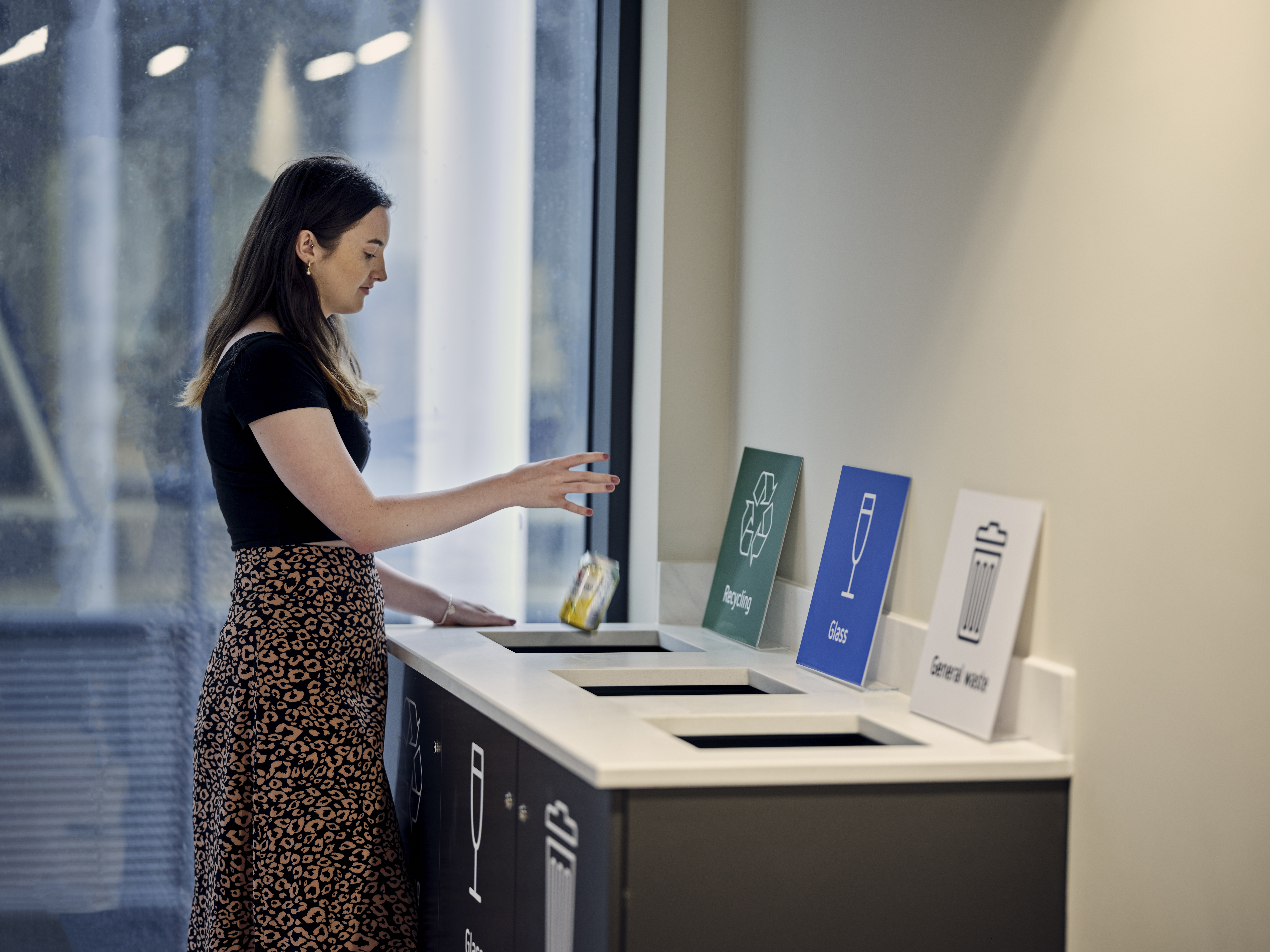
REDUCE
Minimising the amount of energy our new buildings use
We aspire to keep our residents and employees comfortable. To do so, we need to better understand how our buildings work. Our building designs and the number of people living in the space has an impact on our energy and thermal performance. Energy consumption and risk of overheating are issues we'll be looking at in our new builds and refurbishments, too.

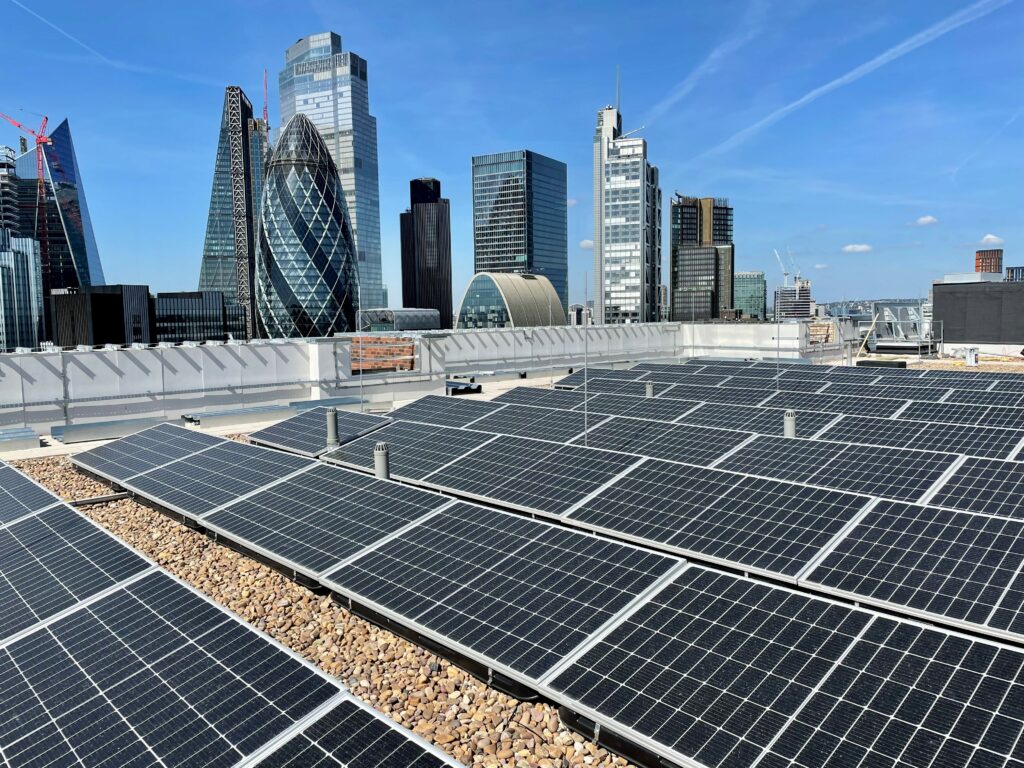
REDUCE
Reducing the impact of our products and materials
The circular economy is a model of production and consumption, which involves sharing, leasing, reusing, repairing, refurbishing and recycling existing materials and products to keep them in the supply chain as long as possible. It also reduces the need for use new materials as much, which can have a negative environmental impact when produced, such as through mining or deforestation.
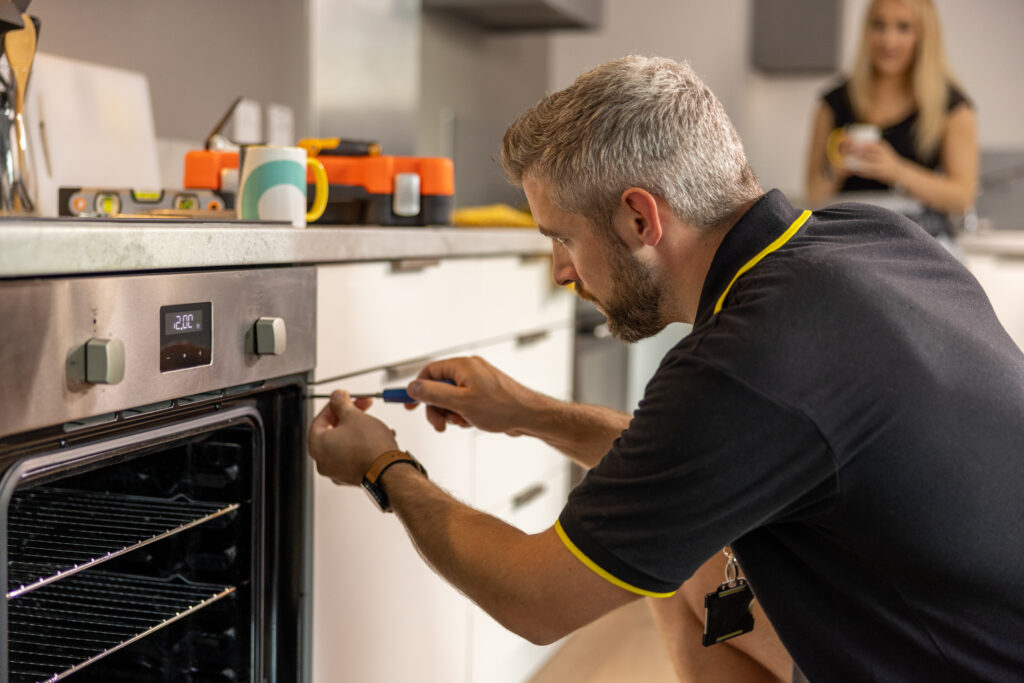
OPTIMISE
Supporting the health and wellbeing of our people
Health and wellbeing is critical throughout everything we do. Not only will our decisions impact our people at the points of manufacturing, installation, exposure in use and disposal, but the environments we create can also have a positive impact on our residents, employees and local communities’ physical and mental health.


OPTIMISE
Reducing water use in our buildings
Water consumption and management is an important issue for our developments. The largest component of energy use within our new build pipeline is Domestic Hot Water driven by showers. Our approach to green infrastructure can have a significant impact on both potable water consumption and water quality.
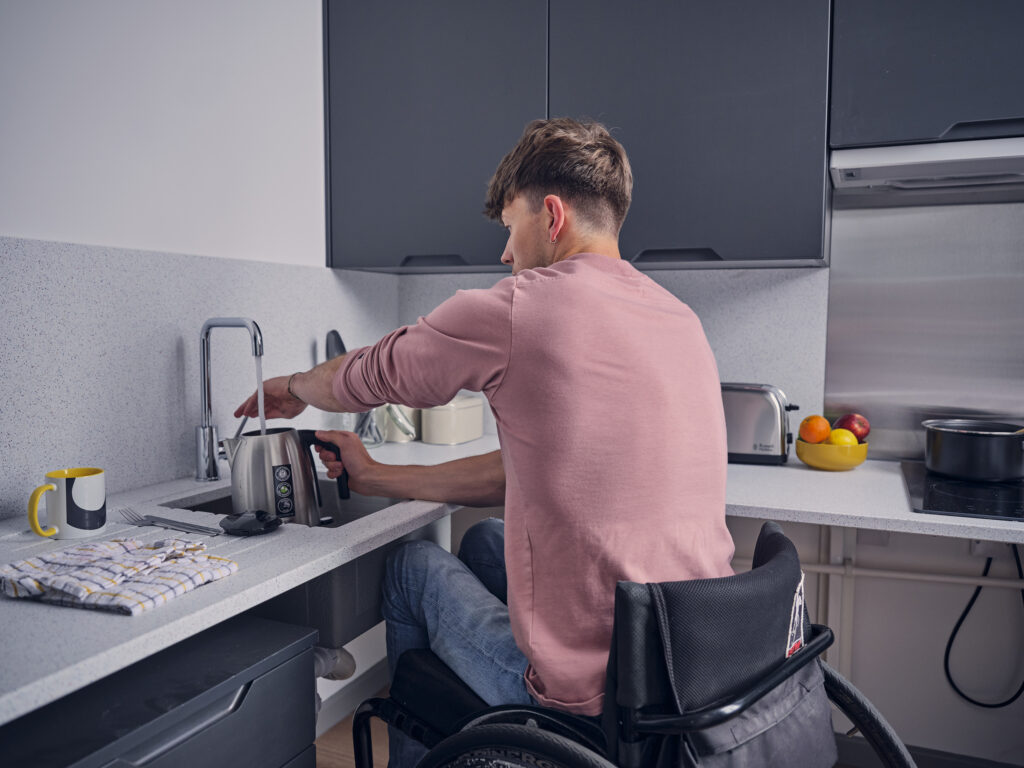
OPTIMISE
Making sure our new buildings are ready for a changing climate
We report under the Task Force for Climate related Financial Disclosures (TFCD) “and UK Climate Regulated Financial Disclosure (CRFD) scheme”. We plan to go further and take an even more detailed view of developments against climate vulnerability by carrying out our own climate change risk assessments.


ENHANCE
Collaborating with our suppliers
We want to build on our existing relationships and the skill sets of our supply chain and build new relationships to drive innovation and deliver our net zero carbon and sustainability aspirations. We're committed to making a positive impact so we look to work with partners who share our sustainable values and responsible behaviours.

ENHANCE
Biodiversity and creating green spaces for our people and wildlife
As we're a developer of typically brownfield sites, we've got a proven track record of delivering high quality green amenity space for our residents and local communities. Our buildings are designed to benefit wildlife through biodiversity initiatives such as habitat creation and brown habitat roofs, green terraces and urban wetlands.
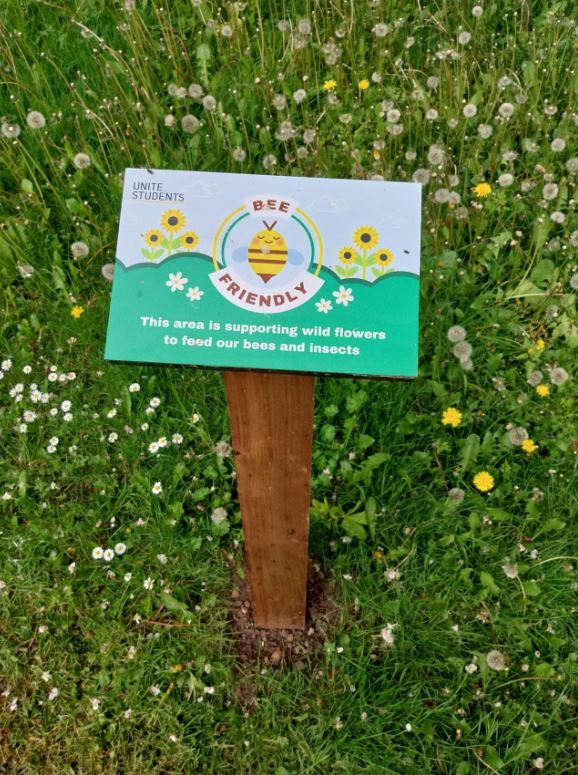
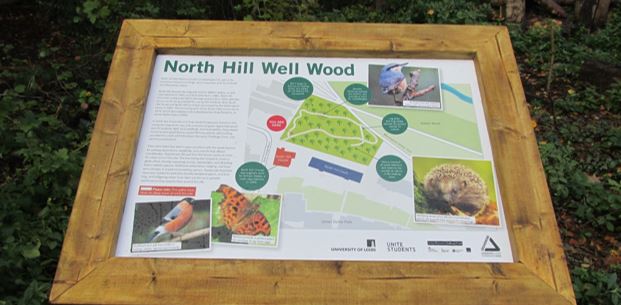
ENHANCE
Creating a positive social impact for our local communities
It's important we're creating buildings, places and infrastructure that supports positive environmental, economic and social impact. Our work aims to improve the quality of life of both the people within our buildings, but those in our local communities too.
